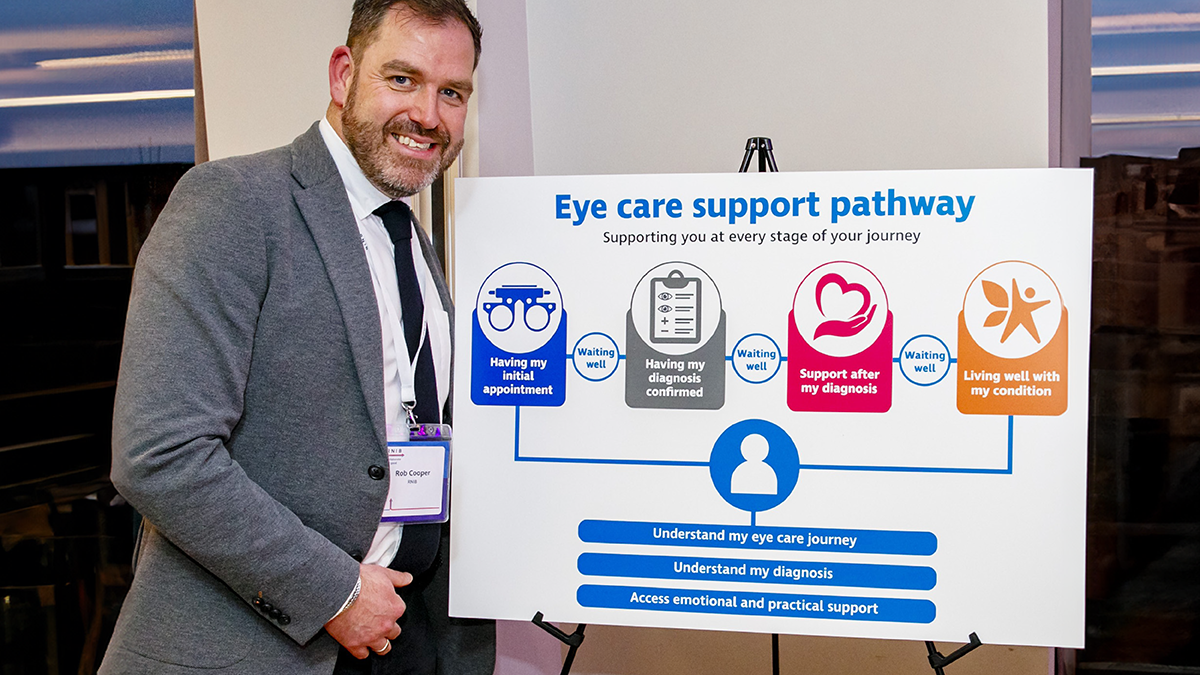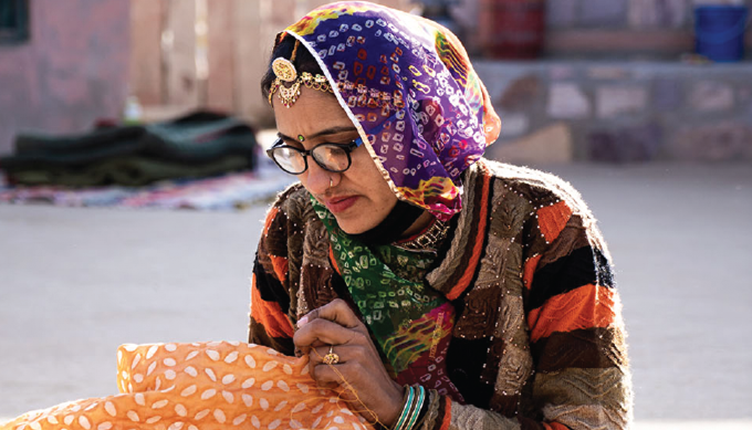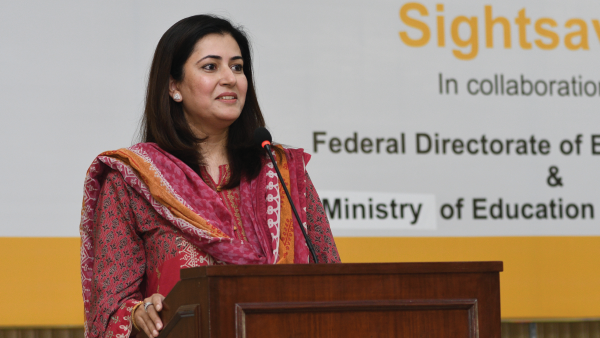A New Eye Care Support Pathway
RNIB’s Strategic Engagement Lead to the NHS, Rob Cooper, details the charity’s latest joint initiative: the Eye Care Support Pathway
In November 2023, the Royal National Institute for Blind People (RNIB) – along with a number of other partners from the NHS, social care, and the third sector – released the Eye Care Support Pathway. The framework, detailed in a joint report, looks at integrating non-clinical support into pre-existing pathways for people with eye care needs from the start of their eye care journey. To learn more about the pathway, The New Optometrist caught up with Rob Cooper, Strategic Engagement Lead to the NHS for the RNIB.
What’s the background to the Eye Care Pathway?
The idea for the Eye Care Support Pathway came about a few years ago, when I worked as Service Director for Henshaw’s Society for the Blind, a northern charity supporting people living with sight loss and a range of other disabilities. As part of that work, we used to conduct (with Manchester Royal Infirmary) a patient survey of 200 new patients every two years. Over the course of eight years, we identified that people in the region didn’t really understand that they were on a clinical eye care pathway, what their diagnosis actually was, and what the long-term impact of that diagnosis could mean.
I wanted to find a way to create a pathway that would clearly articulate the different support requirements that a patient requires at every stage of their clinical eye care journey. We had to really understand patients’ lived experience of eye care services – from first presentation at an optometrist through to rehabilitation services within social care – and what they need to feel more empowered on that journey. So we consulted with over 400 people with experience of a clinical eye care journey, and identified some of the significant pain points that occurred; for example, where people didn’t get information or support or struggled to understand their eye care journey.
RNIB has worked with a number of other partners on developing the pathway – can you tell us more about that collaboration?
If we were going to get the change we required across health and social care, we had to make sure that we engaged with as many of the professional bodies in the first instance so that they would come on this journey with us.
At the beginning of the process, we consulted with as many of our professional bodies as possible to help co-design and co-create the pathway. At the moment, we stand at 23 endorsements of this work – and all 23 have been involved in the co-production and co-design of the pathway in some way or another.
How can the pathway be tailored to an individual’s specific requirements?
Because the 400-plus people with lived experience had many different eye conditions, we had to create something that would address the needs of the whole population in terms of key principles. So, we have distilled the pathway down to four key stages: ‘having my initial appointment’, ‘having a diagnosis confirmed’, ‘support after my diagnosis’, and ‘living well with my condition’.
Our next phase is to make this pathway more tailored to each patient. A key aim is to take the Eye Care Support Pathway and overlay it with our clinical- and condition-specific pathways (for example, a cataract pathway or a macular pathway). Then we can really start to understand the specific needs of an individual at a certain point on their actual clinical journey and allow for person-centered, clinically-focused support for that individual.
How will the framework guarantee that all applicable patients have “timely access to information, advice, and support throughout their eye care journey”?
A big part of what we hope to achieve with the Eye Care Support Pathway is behaviour change. People have told us that they weren’t referred to a charity that could support them or that they weren’t told about or referred to an eye care liaison officer (ECLO). They had to find out that information for themselves.
We want to create better training, education, and knowledge of the non-clinical support already available to patients. Much of the support that people require is actually already available to them; it is about strengthening that connectivity between the clinical pathway and the non-clinical pathway through charities like RNIB and other third sector charities.
One big challenge for the UK is poor levels of health literacy. We’ve got to do more to educate our nation so that people can really start to be an active participant in their eye care journey.
How will the pathway “address the gaps and inequalities faced by people from underrepresented groups”?
We look at population health, we look at the socio-economic challenges across populations; we know that there are gaps in support services to some areas of our community. By working more closely with Integrated Care Systems (ICSs) and Integrated Care Boards (ICBs) in those regions – they know their communities and they know the socio-economic areas of deprivation – we can be more targeted with our support, based on having a greater understanding of those population health needs.
We’ve been working with charities like SeeAbility so that the Eye Care Support Pathway can be used as a framework for working with these ICSs and ICBs. We will also work with optometrist practices in local areas to target some of those under-represented groups and communities.
What are the current implementation plans for the framework?
We are looking at implementation and rollout across England, and we’re working with NHS England on that. We’re also working with colleges to see how we can introduce the pathway into training at institutions such as The College of Optometrists and The Royal College of Ophthalmologists.
We’ll be focusing heavily on that rollout across local systems, regional systems, and health boards across the UK, so that all the professional bodies are aware of the Eye Care Support Pathway – and the framework that sits behind it – from a patient support perspective.
In 10 years time, we hope that this pathway no longer needs to exist because all our clinical pathways should automatically incorporate the non-clinical support available to a patient – it should become part of our routine behaviours and practices.
The New Optometrist Newsletter
Permission Statement
By opting-in, you agree to receive email communications from The New Optometrist. You will stay up-to-date with optometry content, news, events and sponsors information.
You can view our privacy policy here
Most Popular
Sign up to The New Optometrist Updates
Permission Statement
By opting-in, you agree to receive email communications from The New Optometrist. You will stay up-to-date with optometry content, news, events and sponsors information.
You can view our privacy policy here
Sign up to The New Optometrist Updates
Permission Statement
By opting-in, you agree to receive email communications from The New Optometrist. You will stay up-to-date with optometry content, news, events and sponsors information.
You can view our privacy policy here







